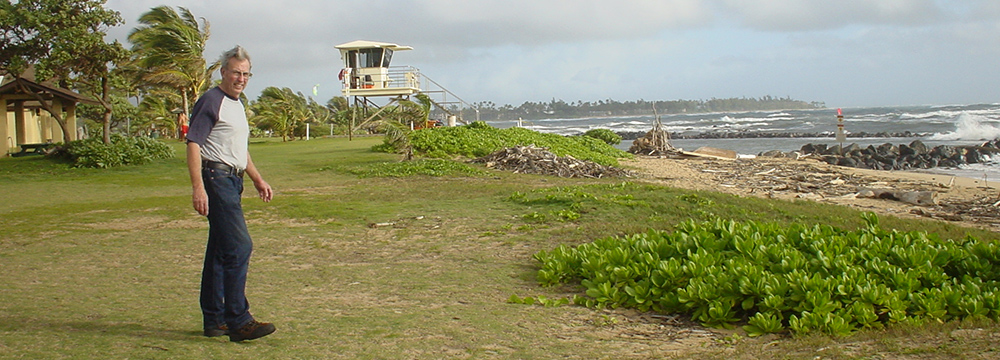Find a quiet place, alone and apart from distractions. Be comfortably alert, still, and at peace. Recite the Lord’s Prayer. Sing or cant the Jesus Prayer. Pray for family, friends, neighbors, and yourself. Slowly and carefully read the passage of Scripture.
- To grasp the historical background to the Day of Pentecost read Exodus 34:21–23, Leviticus 23:15–16, and Joel 2:42–47. Then go to Acts and read chapters 1 and 2.
- Pentecost is the fourth of the seven feasts of Israel, each of which is explained in Leviticus 23. Fifty days after the Feast of First Fruits, the day that Jesus was resurrected from the dead, came the celebration of the wheat harvest. Pentecost, the word, comes from the Greek language, ‘pente’ and the Hebrew word for it is Shauvot.
- In addition to celebrating the Fall harvest on Pentecost, the giving of the Law of Moses was also celebrated on that day. It was a “pilgrimage feast” when vast numbers would come into Jerusalem.
- The chosen Apostles had already received the indwelling Holy Spirit prior to Pentecost. This is evident from John 20: 19–23 where we read: “Jesus said to them again, ‘Peace be with you. As the Father has sent me, even so I am sending you.’ And when he had said this, he breathed on them and said to them, ‘Receive the Holy Spirit.’”
- Now indwelt by the Holy Spirit, and we can look back at the prophecy of Joel 2:28–32 as being fulfilled here, but there was more to come. There would also be the Holy Spirit baptism of fire (see John 3:11),, which Jesus, just prior to His ascension, told His followers would take place. And it did on the Day of Pentecost.
- The term, baptism of the Holy Spirit, is variously understood, but most see it that it is separate, and comes later, or at the same time, as the initial indwelling of the Spirit at conversion. And we now desire to be filled with the empowering Holy Spirit in order that we may be effective evangelists.
